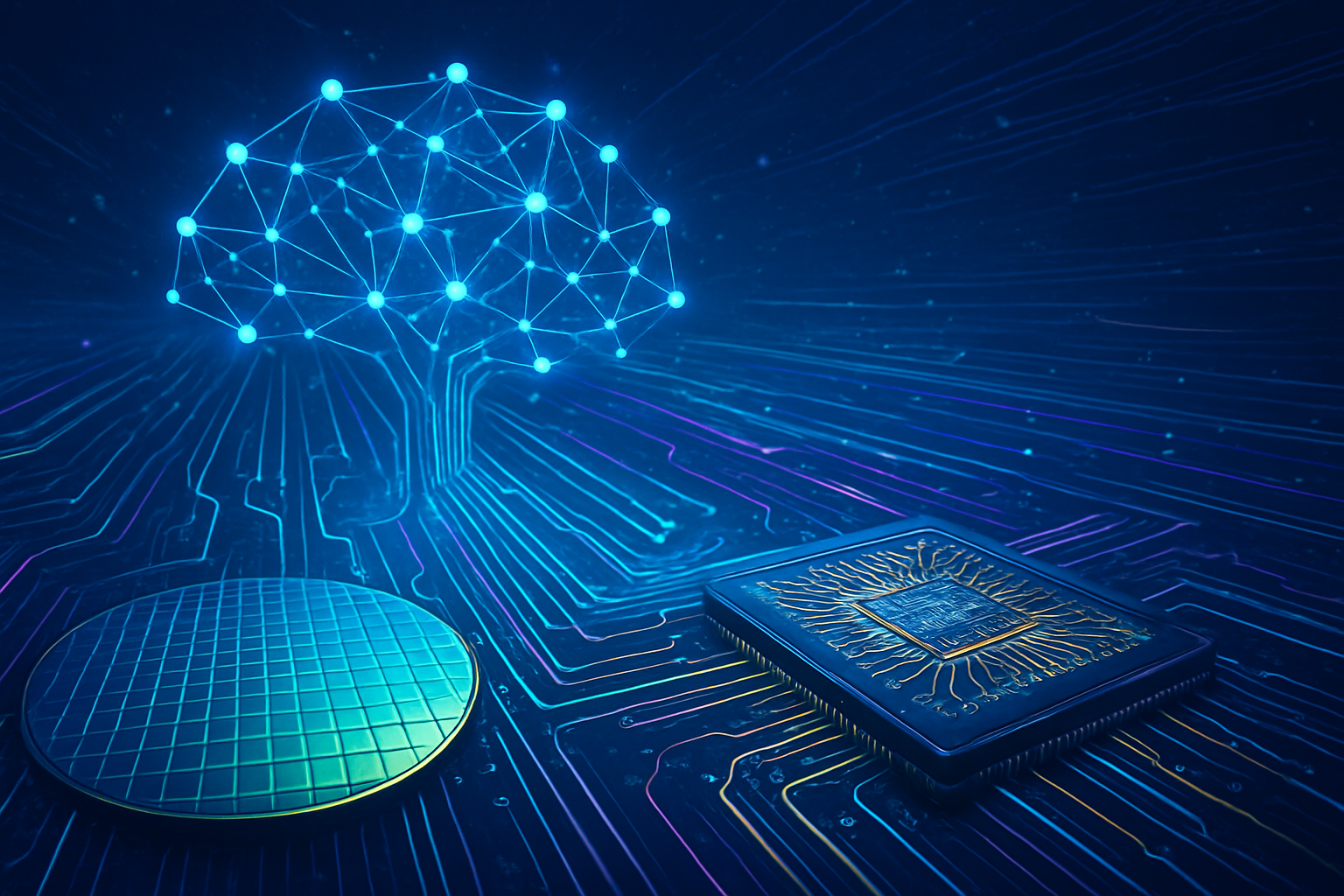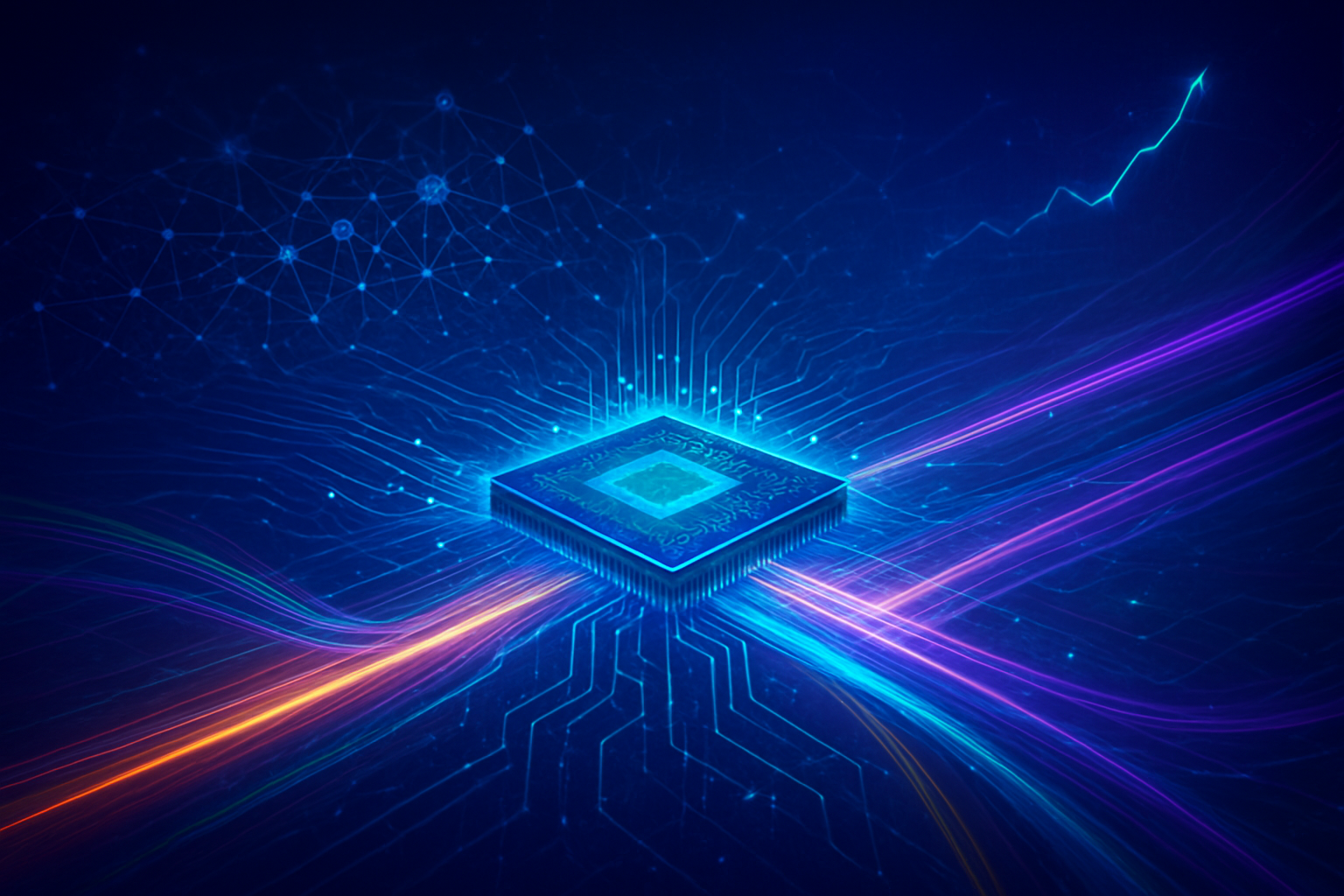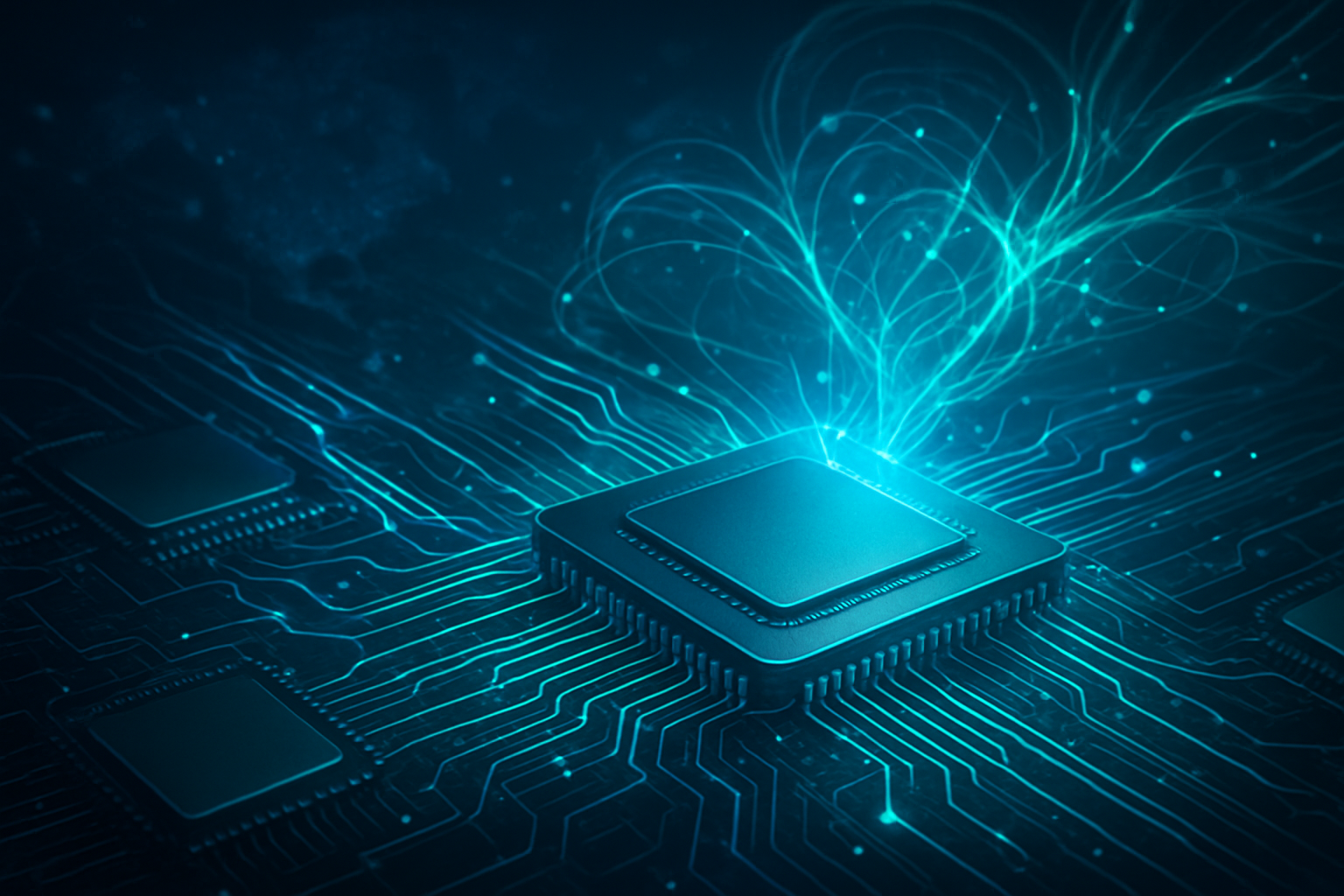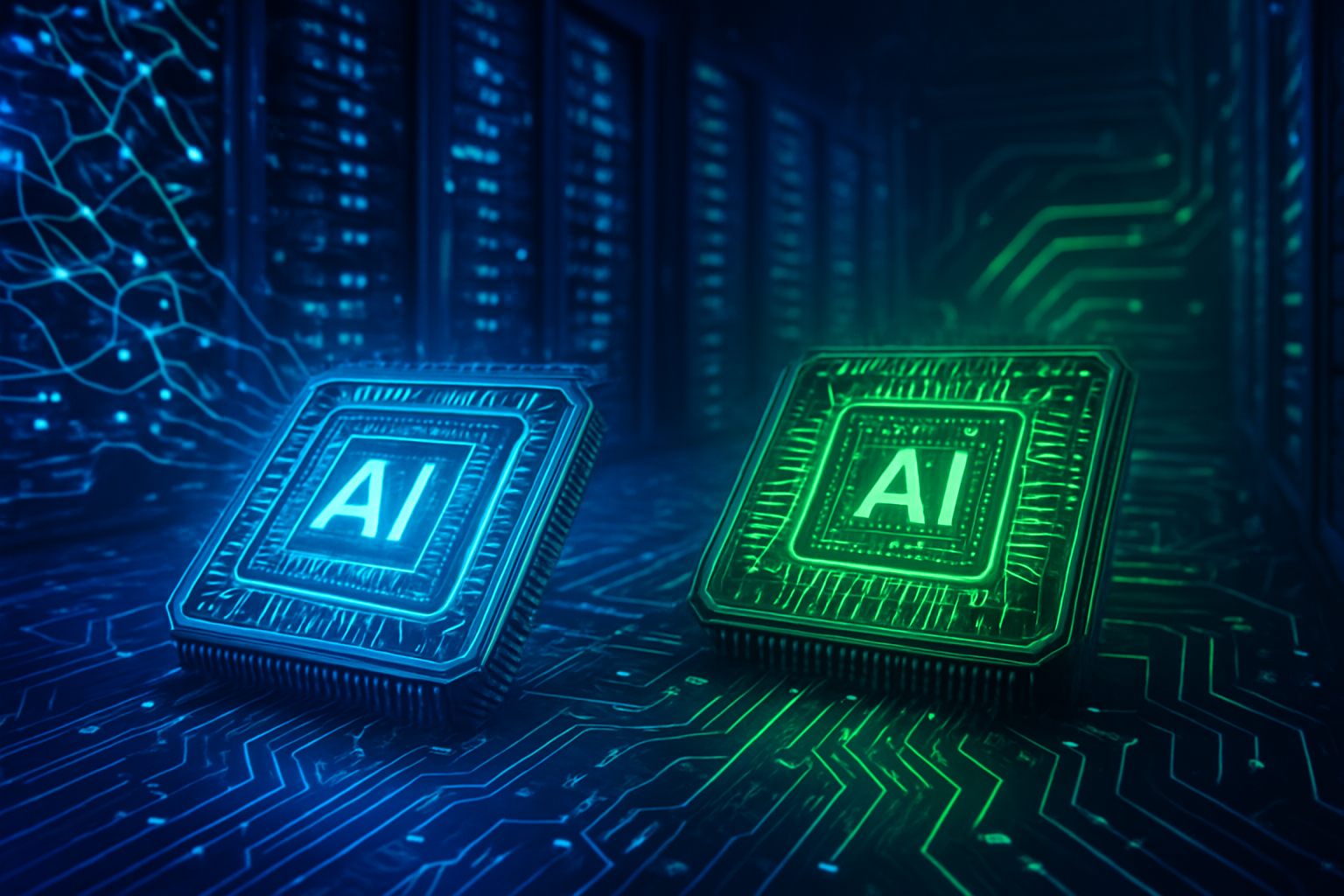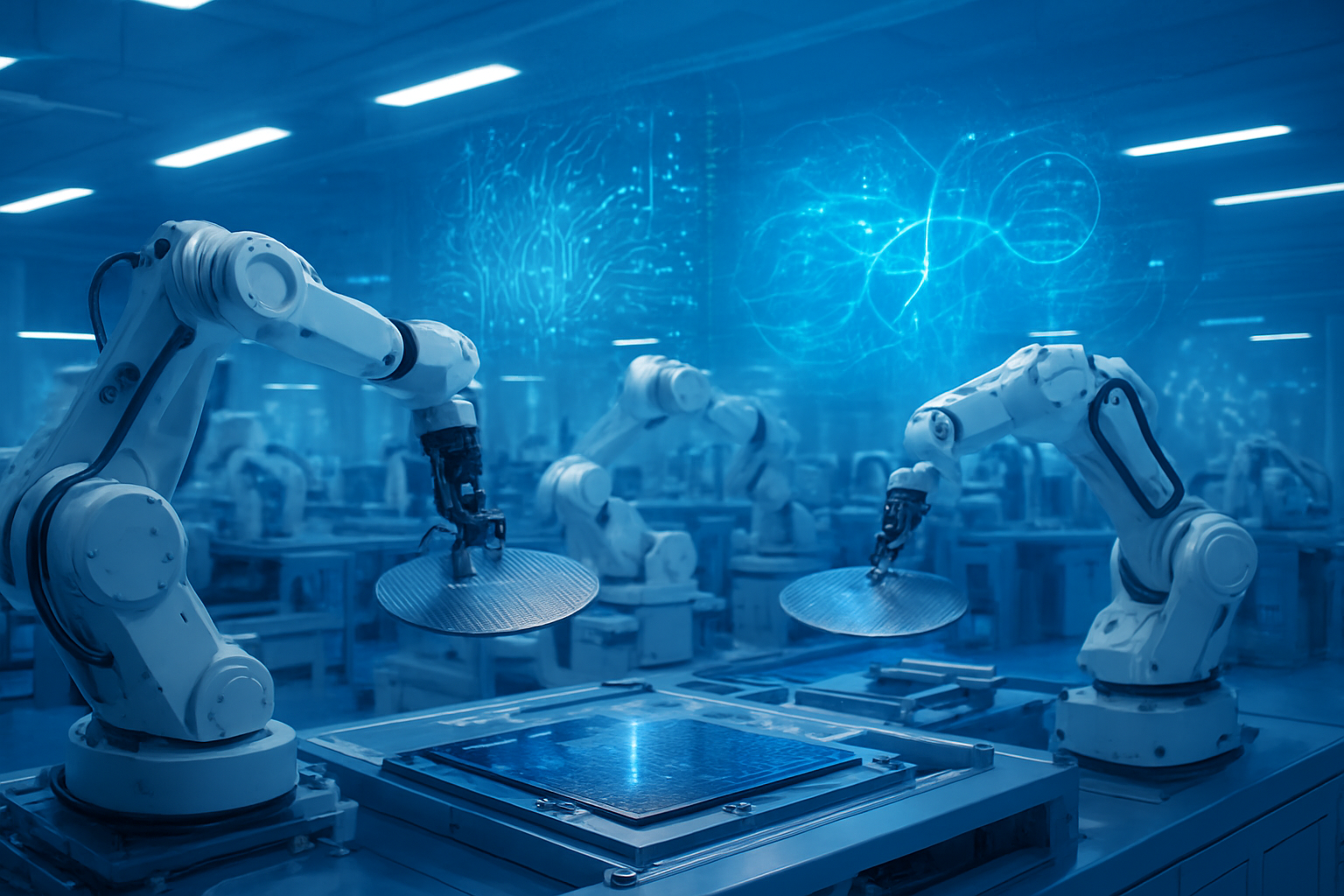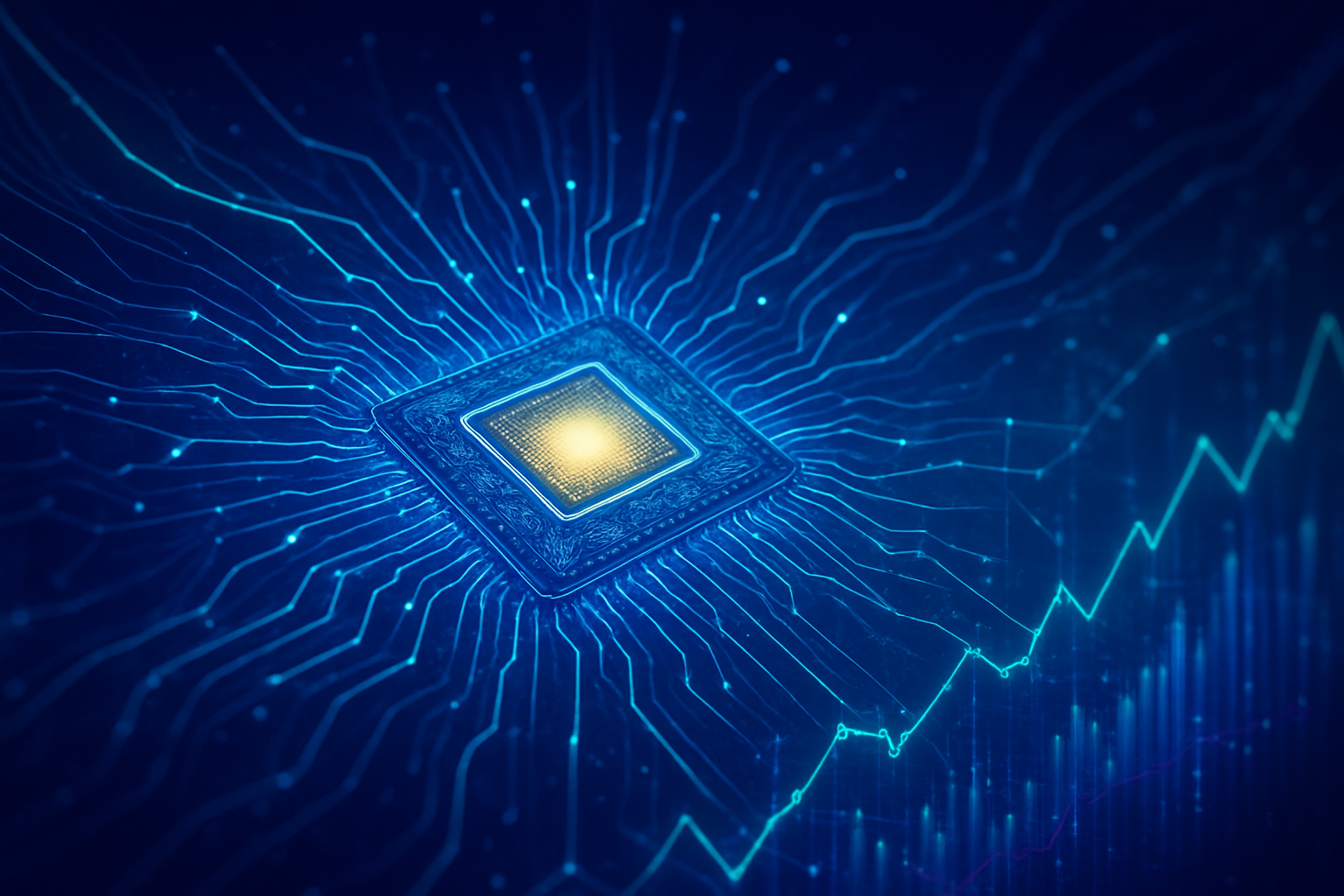In a significant leap forward for high-precision optical sensing and industrial applications, Texas Instruments (NASDAQ: TXN) has introduced the LMH13000, a groundbreaking high-speed, voltage-controlled current driver. This innovative device is poised to redefine performance standards in critical technologies such as LiDAR, Time-of-Flight (ToF) systems, and a myriad of industrial optical sensors. Its immediate significance lies in its ability to enable more accurate, compact, and reliable sensing solutions, directly accelerating the development of autonomous vehicles and advanced industrial automation.
The LMH13000 represents a pivotal development in the semiconductor landscape, offering a monolithic solution that drastically improves upon previous discrete designs. By delivering ultra-fast current pulses with unprecedented precision, TI is addressing long-standing challenges in achieving both high performance and eye safety in laser-based systems. This advancement promises to unlock new capabilities across various sectors, pushing the boundaries of what's possible in real-time environmental perception and control.
Unpacking the Technical Prowess: Sub-Nanosecond Precision for Next-Gen Sensing
The LMH13000 distinguishes itself through a suite of advanced technical specifications designed for the most demanding high-speed current applications. At its core, the driver functions as a current sink, capable of providing continuous currents from 50mA to 1A and pulsed currents from 50mA to a robust 5A. What truly sets it apart are its ultra-fast response times, achieving typical rise and fall times of 800 picoseconds (ps) or less than 1 nanosecond (ns). This sub-nanosecond precision is critical for applications like LiDAR, where the accuracy of distance measurement is directly tied to the speed and sharpness of the laser pulse.
Further enhancing its capabilities, the LMH13000 supports wide pulse train frequencies, from DC up to 250 MHz, and offers voltage-controlled accuracy. This allows for precise adjustment of the load current via a VSET pin, a crucial feature for compensating for temperature variations and the natural aging of laser diodes, ensuring consistent performance over time. The device's integrated monolithic design eliminates the need for external FETs, simplifying circuit design and significantly reducing component count. This integration, coupled with TI's proprietary HotRod™ package, which eradicates internal bond wires to minimize inductance in the high-current path, is instrumental in achieving its remarkable speed and efficiency. The LMH13000 also supports LVDS, TTL, and CMOS logic inputs, offering flexible control for various system architectures.
Compared to previous approaches, the LMH13000 marks a substantial departure from traditional discrete laser driver solutions. Older designs often relied on external FETs and complex circuitry to manage high currents and fast switching, leading to larger board footprints, increased complexity, and often compromised performance. The LMH13000's monolithic integration slashes the overall laser driver circuit size by up to four times, a vital factor for the miniaturization required in modern sensor modules. Furthermore, while discrete solutions could exhibit pulse duration variations of up to 30% across temperature changes, the LMH13000 maintains a remarkable 2% variation, ensuring consistent eye safety compliance and measurement accuracy. Initial reactions from the AI research community and industry experts have highlighted the LMH13000 as a game-changer for LiDAR and optical sensing, particularly praising its integration, speed, and stability as key enablers for next-generation autonomous systems.
Reshaping the Landscape for AI, Tech Giants, and Startups
The introduction of the LMH13000 is set to have a profound impact across the AI and semiconductor industries, with significant implications for tech giants and innovative startups alike. Companies heavily invested in autonomous driving, robotics, and advanced industrial automation stand to benefit immensely. Major automotive original equipment manufacturers (OEMs) and their Tier 1 suppliers, such as Mobileye (NASDAQ: MBLY), NVIDIA (NASDAQ: NVDA), and other players in the ADAS space, will find the LMH13000 instrumental in developing more robust and reliable LiDAR systems. Its ability to enable stronger laser pulses for shorter durations, thereby extending LiDAR range by up to 30% while maintaining Class 1 FDA eye safety standards, directly translates into superior real-time environmental perception—a critical component for safe and effective autonomous navigation.
The competitive implications for major AI labs and tech companies are substantial. Firms developing their own LiDAR solutions, or those integrating third-party LiDAR into their platforms, will gain a strategic advantage through the LMH13000's performance and efficiency. Companies like Luminar Technologies (NASDAQ: LAZR), Velodyne Lidar (NASDAQ: VLDR), and other emerging LiDAR manufacturers could leverage this component to enhance their product offerings, potentially accelerating their market penetration and competitive edge. The reduction in circuit size and complexity also fosters greater innovation among startups, lowering the barrier to entry for developing sophisticated optical sensing solutions.
Potential disruption to existing products or services is likely to manifest in the form of accelerated obsolescence for older, discrete laser driver designs. The LMH13000's superior performance-to-size ratio and enhanced stability will make it a compelling choice, pushing the market towards more integrated and efficient solutions. This could pressure manufacturers still relying on less advanced components to either upgrade their designs or risk falling behind. From a market positioning perspective, Texas Instruments (NASDAQ: TXN) solidifies its role as a key enabler in the high-growth sectors of autonomous technology and advanced sensing, reinforcing its strategic advantage by providing critical underlying hardware that powers future AI applications.
Wider Significance: Powering the Autonomous Revolution
The LMH13000 fits squarely into the broader AI landscape as a foundational technology powering the autonomous revolution. Its advancements in LiDAR and optical sensing are directly correlated with the progress of AI systems that rely on accurate, real-time environmental data. As AI models for perception, prediction, and planning become increasingly sophisticated, they demand higher fidelity and faster sensor inputs. The LMH13000's ability to deliver precise, high-speed laser pulses directly addresses this need, providing the raw data quality essential for advanced AI algorithms to function effectively. This aligns with the overarching trend towards more robust and reliable sensor fusion in autonomous systems, where LiDAR plays a crucial, complementary role to cameras and radar.
The impacts of this development are far-reaching. Beyond autonomous vehicles, the LMH13000 will catalyze advancements in robotics, industrial automation, drone technology, and even medical imaging. In industrial settings, its precision can lead to more accurate quality control, safer human-robot collaboration, and improved efficiency in manufacturing processes. For AI, this means more reliable data inputs for machine learning models, leading to better decision-making capabilities in real-world scenarios. Potential concerns, while fewer given the safety-enhancing nature of improved sensing, might revolve around the rapid pace of adoption and the need for standardized testing and validation of systems incorporating such high-performance components to ensure consistent safety and reliability across diverse applications.
Comparing this to previous AI milestones, the LMH13000 can be seen as an enabler, much like advancements in GPU technology accelerated deep learning or specialized AI accelerators boosted inference capabilities. While not an AI algorithm itself, it provides the critical hardware infrastructure that allows AI to perceive the world with greater clarity and speed. This is akin to the development of high-resolution cameras for computer vision or more sensitive microphones for natural language processing – foundational improvements that unlock new levels of AI performance. It signifies a continued trend where hardware innovation directly fuels the progress and practical application of AI.
The Road Ahead: Enhanced Autonomy and Beyond
Looking ahead, the LMH13000 is expected to drive both near-term and long-term developments in optical sensing and AI-powered systems. In the near term, we can anticipate a rapid integration of this technology into next-generation LiDAR modules, leading to a new wave of autonomous vehicle prototypes and commercially available ADAS features with enhanced capabilities. The improved range and precision will allow vehicles to "see" further and more accurately, even in challenging conditions, paving the way for higher levels of driving automation. We may also see its rapid adoption in industrial robotics, enabling more precise navigation and object manipulation in complex manufacturing environments.
Potential applications and use cases on the horizon extend beyond current implementations. The LMH13000's capabilities could unlock advancements in augmented reality (AR) and virtual reality (VR) systems, allowing for more accurate real-time environmental mapping and interaction. In medical diagnostics, its precision could lead to more sophisticated imaging techniques and analytical tools. Experts predict that the miniaturization and cost-effectiveness enabled by the LMH13000 will democratize high-performance optical sensing, making it accessible for a wider array of consumer electronics and smart home devices, eventually leading to more context-aware and intelligent environments powered by AI.
However, challenges remain. While the LMH13000 addresses many hardware limitations, the integration of these advanced sensors into complex AI systems still requires significant software development, data processing capabilities, and rigorous testing protocols. Ensuring seamless data fusion from multiple sensor types and developing robust AI algorithms that can fully leverage the enhanced sensor data will be crucial. Experts predict a continued focus on sensor-agnostic AI architectures and the development of specialized AI chips designed to process high-bandwidth LiDAR data in real-time, further solidifying the synergy between advanced hardware like the LMH13000 and cutting-edge AI software.
A New Benchmark for Precision Sensing in the AI Age
In summary, Texas Instruments' (NASDAQ: TXN) LMH13000 high-speed current driver represents a significant milestone in the evolution of optical sensing technology. Its key takeaways include unprecedented sub-nanosecond rise times, high current output, monolithic integration, and exceptional stability across temperature variations. These features collectively enable a new class of high-performance, compact, and reliable LiDAR and Time-of-Flight systems, which are indispensable for the advancement of autonomous vehicles, robotics, and sophisticated industrial automation.
This development's significance in AI history cannot be overstated. While not an AI component itself, the LMH13000 is a critical enabler, providing the foundational hardware necessary for AI systems to perceive and interact with the physical world with greater accuracy and speed. It pushes the boundaries of sensor performance, directly impacting the quality of data fed into AI models and, consequently, the intelligence and reliability of AI-powered applications. It underscores the symbiotic relationship between hardware innovation and AI progress, demonstrating that breakthroughs in one domain often unlock transformative potential in the other.
Looking ahead, the long-term impact of the LMH13000 will be seen in the accelerated deployment of safer autonomous systems, more efficient industrial processes, and the emergence of entirely new applications reliant on precise optical sensing. What to watch for in the coming weeks and months includes product announcements from LiDAR and sensor manufacturers integrating the LMH13000, as well as new benchmarks for autonomous vehicle performance and industrial robotics capabilities that directly leverage this advanced component. The LMH13000 is not just a component; it's a catalyst for the next wave of intelligent machines.
This content is intended for informational purposes only and represents analysis of current AI developments.
TokenRing AI delivers enterprise-grade solutions for multi-agent AI workflow orchestration, AI-powered development tools, and seamless remote collaboration platforms.
For more information, visit https://www.tokenring.ai/.


